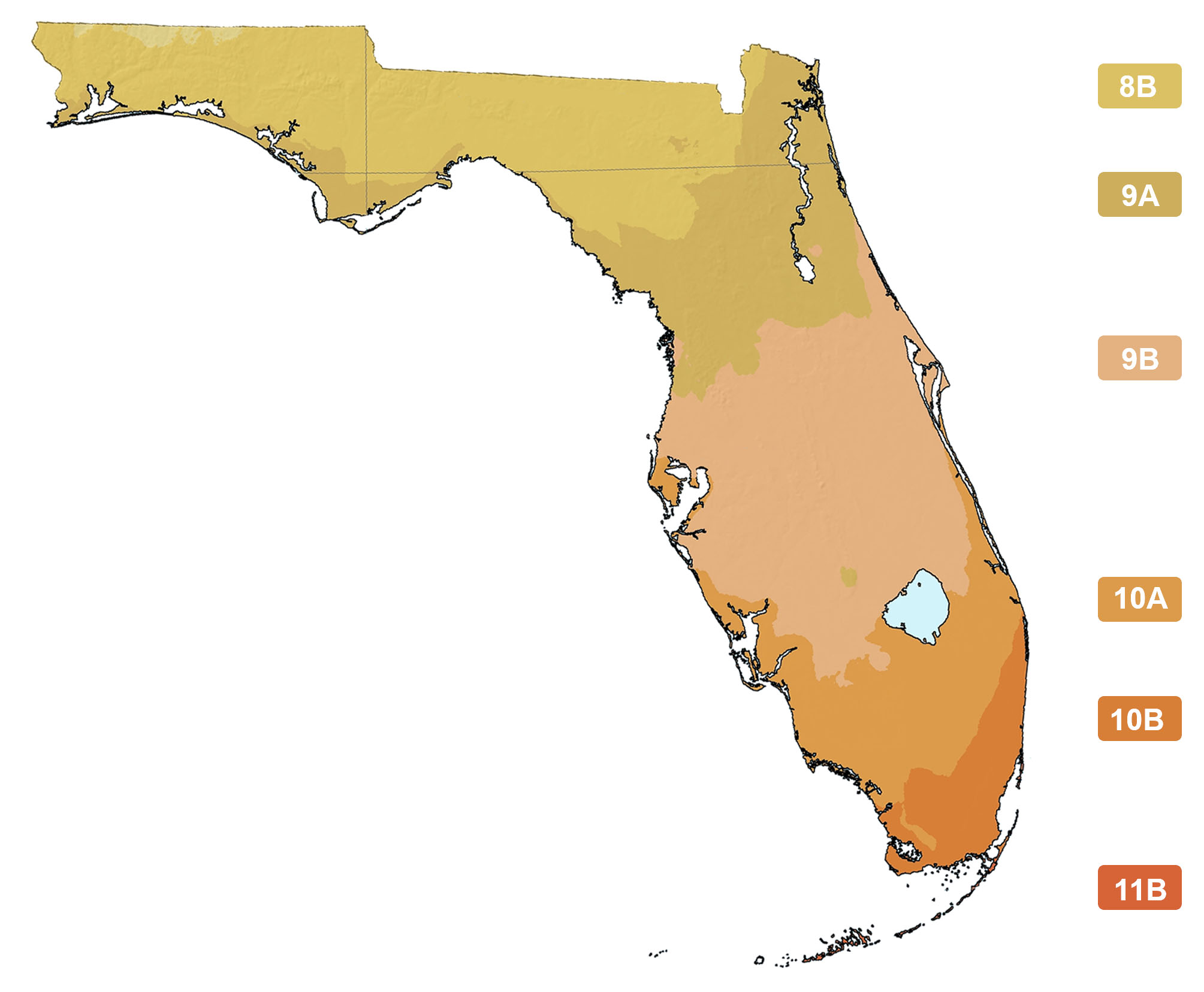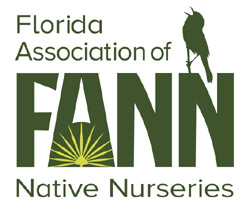Quercus phellos
Photographs belong to the photographers who allow use for FNPS purposes only. Please contact the photographer for all other uses.
Willow Oak
Fagaceae
Plant Specifics
| Form: | Tree | |
| Size: | 60(40) -75 ft tall by 40-50 ft wide | |
| Life Span: | Long-lived perennial | |
| Flower Color: | NA | |
| Fruit Color: | Brown | |
| Phenology: | Deciduous. Blooms in spring. | |
| Noted for: | Fall color, Hurricane wind resistance |
Landscaping
| Recommended Uses: | Shade tree. The root system is fibrous making it suitable for situations where the roots may get somewhat abused such as street plantings and parking lot islands. | ||||||||||||||||||||||||||||||||||||||||||
| Considerations: | Fallen/falling acorns may be an issue. | ||||||||||||||||||||||||||||||||||||||||||
| Propagation: | Seed. | ||||||||||||||||||||||||||||||||||||||||||
| Availability: | Native nurseries | ||||||||||||||||||||||||||||||||||||||||||
| Light: | Full Sun, Part Shade | ||||||||||||||||||||||||||||||||||||||||||
| Moisture Tolerance: |
always floodedextremely dry |
||||||||||||||||||||||||||||||||||||||||||
| (Usually moist, occasional inundation ----- to ----- Somewhat long very dry periods) | |||||||||||||||||||||||||||||||||||||||||||
| Moisture Tolerance: | Usually moist, occasional inundation ----- to ----- Somewhat long very dry periods | ||||||||||||||||||||||||||||||||||||||||||
| Salt Water Flooding Tolerance: | Not salt tolerant of inundation by salty or brackish water. | ||||||||||||||||||||||||||||||||||||||||||
| Salt Spray/ Salty Soil Tolerance: | Moderate. Tolerant of salty wind and may get some salt spray. Exposure to salt spray would be uncommon (major storms). | ||||||||||||||||||||||||||||||||||||||||||
| Soil or other substrate: | Clay, Loam | ||||||||||||||||||||||||||||||||||||||||||
| Soil pH: | Acidic | ||||||||||||||||||||||||||||||||||||||||||
Ecology
| Wildlife: |
Acorns are eaten by woodpeckers, songbirds, ducks, small mammals, wild turkeys, white-tailed deer, quail and black bears Provides cover and nesting areas for birds and squirrels | |
| Insects: | Host plant for the banded hairstreak, Edward's hairstreak, gray hairstreak, white-M hairstreak, Horace's duskywing, Juvenal's duskywing butterflies and many moths. | |
| Native Habitats: | Floodplains, hardwood swamp borders. |
Distribution and Planting Zones
Natural Range in Florida
USDA Zones
Suitable to grow in:
8A 8B 9A 9B

USDA zones are based on minimum winter temperatures
Comments
| General Comments: | The range of this tree barely makes it into north Florida. It is much more common in the remainder of the southeast. |



